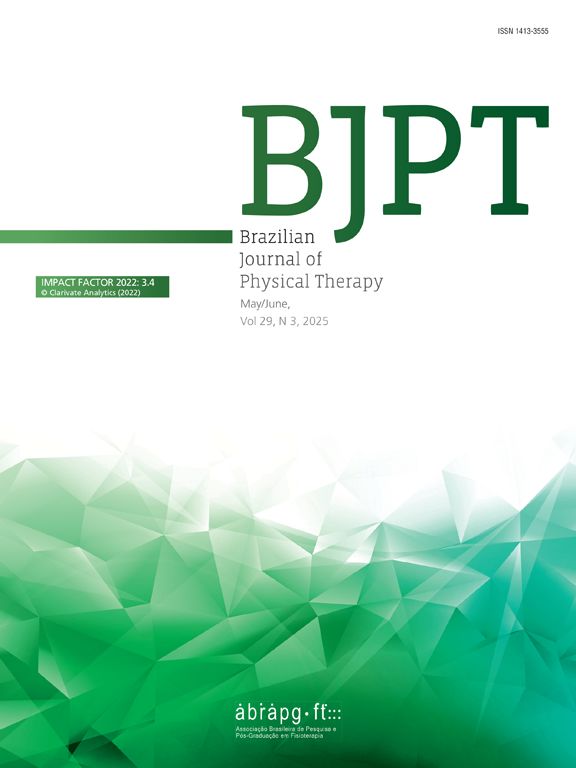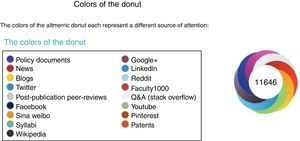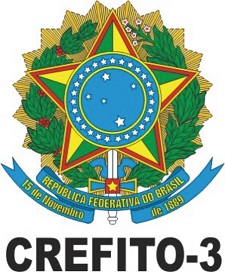The use of social media (e.g. Facebook, Twitter and others) is growing steadily over the last years, engaging a large number of people.1,2 Hence, researchers and publishers have been using social media in order to increase dissemination of their papers.1,2 Moreover, consumers of research such as clinicians and patients now have easier access to read and share scientific articles. These strategies provide new approaches to access, read and discuss scientific articles; and consequently the dissemination and visibility of these articles increase. Therefore, there is a new concept of social impact of scientific articles based in attention attracted online.2,3
How can we measure the social impact of scientific articles over the internet?In order to measure the social impact online, a new score (named Altmetric) was created. Altmetric aims to understand the individual impact of each article through the attention attracted online. The Altmetric attention score is composed by two independent scoring systems: the “Altmetric mentioned score” and the “Altmetric reader score”.4 The Altmetric mentioned score for an article reflects how widely this article is mentioned in a range of media, including social media (e.g. Facebook, Twitter); encyclopaedias (e.g. Wikipedia); online platforms (e.g. Faculty1000 and Publication Peer-Reviews); videos (e.g. YouTube); sites on questions and answers (e.g. Q&A stack overflow); and documents (e.g. policy documents). The Altmetric reader score for an article reflects the number of readers of this article by the use of reference managers (e.g. Mendeley, Connotea and CiteULike). Anyone can see the Altmetric score in the websites of most journals by clicking on the Altmetric's “donut”. The different colors of the Altmetric donut represents the number of mentions on each specific online media. For example, mentions on Blogs are represented in yellow (Fig. 1).
What is the current evidence about Altmetric?There are few studies about the social impact of scientific articles through Altmetric.2,3 Interestingly, it seems that the Altmetric score is correlated with number of citations5–7 and journal's impact factor.6 In the field of physical therapy, Araujo et al.8 found that the variables impact factor, number of years since publication, number of citations and provocative titles were associated with the Altmetric score. Apparently, there is an association among the scientific impact of an article (measured by number of citations), the scientific impact of the journal (measured by the journal's impact factor) its social impact (measured by Altmetric score).
How should I increase the visibility of my articles?We recommend researchers to preferrably select high impact factor journals for submission, use provocative titles, for example, titles expressing the results of the trial or interrogative titles. Besides that, researchers can increase the visibility of their scientific articles by using social media, websites and blogs. The article will be correctly identified by Altmetrc if the either DOI (Digital Object Identifier) of the article or the link to the article were provided. These simple strategies are likely to improve the visibility of articles to a larger readership.








